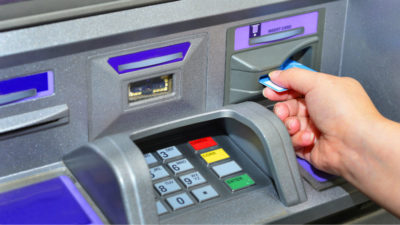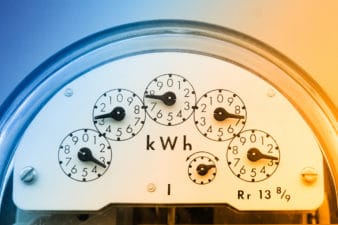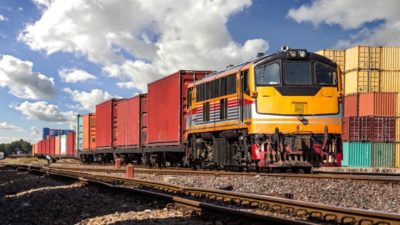There is growing concern among market pundits that renewable energy giant Brookfield Renewable Partners’s (TSX:BEP.UN)(NYSE:BEP) dividend is unsustainable and the business will be forced to cut the payment. A key reason for these fears is that Brookfield Renewable’s trailing 12-month distribution payment to standard unitholders is more than 15 times greater than its net income. When using the traditional measure of dividend sustainability, the dividend payout ratio, as a function of net income, that distribution is unsustainable.
Different measures of sustainability
Nonetheless, because of the structure of its business, a better measure of Brookfield Renewable’s ability to sustain its juicy distribution payment is the payout ratio as a proportion of funds from operations (FFO). When using this metric, it falls to a more respectable 95% for 2018, while it is 99% when calculated using cash available for distribution (CAFD). The fear, however, is that both of those metrics have been calculated in a manner to make the payout ratio appear more sustainable than it really is.
You see, the FFO payout ratio doesn’t include amortization and sustaining capital expenditures, which are key operational costs for Brookfield Renewable. This means that adjusted funds from operations (AFFO) may provide a better measure of the partnership’s ability to sustain its distribution. The CAFD is clearly a better measure of sustainability.
A key problem, however, is that the partnership includes realized gains on asset sales in that calculation, which, according to some pundits, distorts the ratio. If realized gains from assets sales are deducted, the payout ratio as a function of CAFD then rises to around 122%, which over the long term is unsustainable, particularly once the headwinds facing Brookfield Renewable are considered.
A key headwind that could impact the distribution is a marked deterioration in electricity output caused by poor hydrology. This is because hydro power plants are responsible for 76% of Brookfield Renewable’s installed capacity, making it highly reliant on water flows to generate electricity and hence income. That factor caused the volume of electricity produced in 2016 to be 10% lower than the projected long-term average for that year. This was caused by poor hydrology, which led to water levels being significantly lower than required to optimally run Brookfield Renewable’s hydro plants.
The fears relating to distribution sustainability are being magnified by the voluminous amount of debt on Brookfield Renewable’s balance sheet and associated high financing costs. As of the end of 2018, it had US$10.7 billion of debt, which is five times its adjusted trailing 12-month EBITDA. According to some pundits, that is another reason to be fearful of the distribution being cut. Magnifying that anxiety is the considerable cost of financing that huge pile of debt, which in 2018 had an interest cost of US$705 million.
How safe is the distribution?
Despite these red flags, the situation is not as grave as some pundits would have investors believe. Brookfield Renewable’s level of debt and interest expense is manageable when it is considered that over 80% of all debt is non-recourse and has an average weighted maturity of almost 10 years. At around five times EBITDA, it is at the lower range for an electric utility, which possesses a wide economic moat and guaranteed earnings, where around 90% of cash flows are contracted through long-term power-purchase agreements (PPAs).
Those arrangements have an average weighted duration of 14 years and are inflation linked, boosting Brookfield Renewable’s FFO by around 1-2% annually. The contracts are with low-risk counterparties in a highly regulated industry, which virtually eliminates the hazard of them being broken or renegotiated.
Brookfield Renewable’s earnings are also growing at a steady clip. Not only because of the inflation-linked PPAs, but because there is a direct correlation between GDP growth and higher consumption of electricity. As demand for electricity expands, prices will rise further, lifting the partnership’s earnings. Brookfield Renewable is also expanding its portfolio with four projects under development with 151 megawatts of installed capacity adding around US$15 million annually to its FFO.
What it means for investors
While there are hazards that can impact the sustainability of Brookfield Renewable’s distribution, they are more than adequately offset by as broad range of positive catalysts. The most important being steadily growing contracted earnings, a well-laddered debt profile, and a wide economic moat, which all point to the partnership generating enough FFO to not only maintain the distribution but make the regular hikes required to achieve the 5-9% annual distribution growth targeted. That makes Brookfield Renewable a very attractive stock to own for investors seeking a mixture of income and growth.








